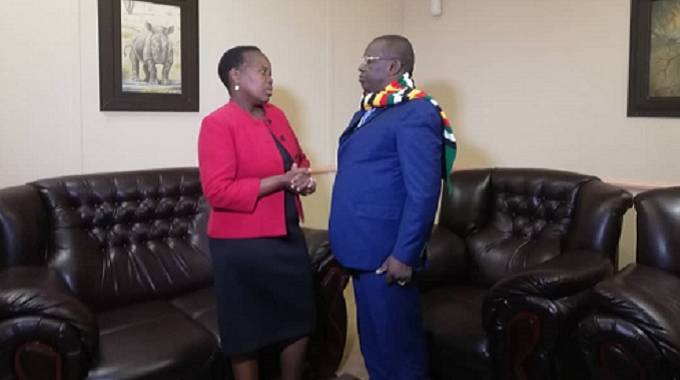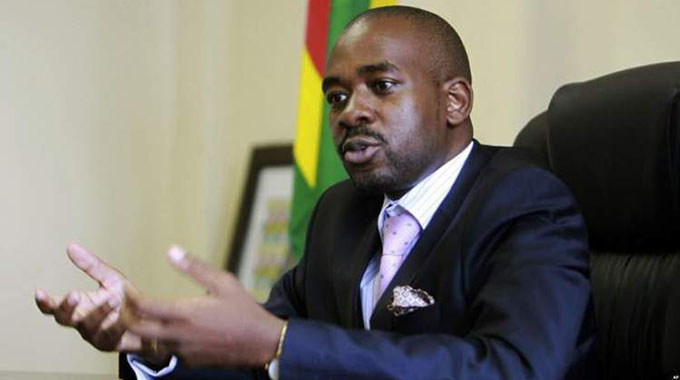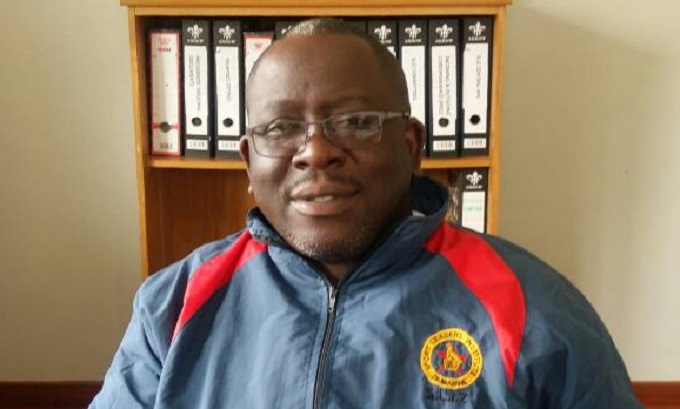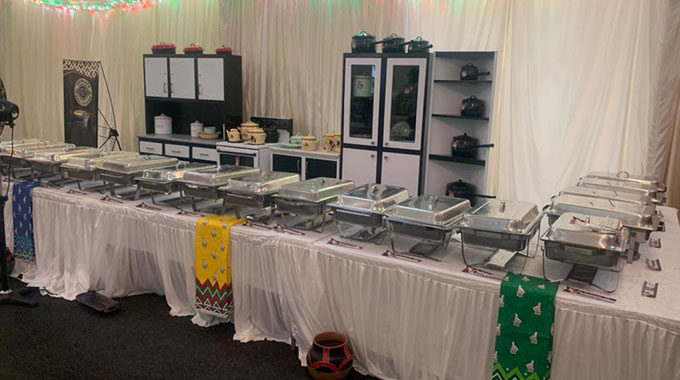UPDATED: Billion Pula credit facility in focus

Prosper Ndlovu in MAUN, Botswana
ZIMBABWE expects the on-going 2nd Session of the Botswana-Zimbabwe Bi-National Commission (BNC) underway here to conclude and operationalise the one BWP1 billion private sector loan facility, which will help unlock private sector potential and stimulate trade between the two countries.
The need to further strengthen economic co-operation is at the heart of the high-level bilateral conference, whose inaugural session was hosted by Zimbabwe in Harare at the same time last year. Initial talks over the funding facility began last year and delegates to this gathering, who include Cabinet Ministers, private sector representatives and senior Government officials from both countries, believe that success in this endeavour will not be fully realised without the buy-in of the business sector.
During the initial talks last year, Botswana extended US$600 million in two major facilities to Zimbabwe’s private sector and diamond industry. This was in the form of a BWP1 billion (approximately US$94,5 million) credit facility in support of Zimbabwe’s private sector and a US$500 million diamond support facility.
In his opening remarks to the Ministerial Session yesterday, Foreign Affairs and International Trade Minister, Dr Sibusiso Moyo, said:“We need to continue improving on the investment environment for the private sector to invest in our countries and trade among themselves”.
He said it was unfortunate that the level of trade between Zimbabwe and Botswana has been on a downward trend despite the diversity and distinctiveness of both economies.
“Trade is critical to our two countries’ prosperity — it fuels economic growth, creates jobs and raises living standards, and should be prioritised in our bilateral partnership,” said Dr Moyo.
“I therefore, look forward to the conclusion of discussions to operationalise the BWP1 billion line of credit facility, which will be a huge enabler of bilateral trade.
“Furthermore, we need to expedite the conclusion of various agreements that will eliminate market restrictive measures like the Agreement on the Avoidance of Double Taxation, the Draft MoU on Co-operatives Development and the Draft MoU on Promotion of Small and Medium Enterprises.”
Although Botswana is one of Zimbabwe’s traditional trading partners, recent trade statistics show that local companies have not been fully servicing the market. According to Trade Map, Zimbabwe’s total exports to Botswana were US$19.2 million in 2018 against Botswana’s total import bill of US$ 4.4 billion.
This is despite Zimbabwe’s proximity to Botswana, which makes it easy to land products in that country.
A market survey conducted by ZimTrade in Botswana in 2019 revealed the potential for local businesses to supply an array of products and services to Botswana. These export opportunities are in sectors such as processed foods and fresh produce sectors, agricultural implements and inputs, building material and mining supplies.
Botswana is also a net importer of fresh produce that local exporters have capacity to supply. According to Trade Map, total imports of fresh produce were US$60.25 million in 2018, up from US$54.81 million in 2017. Produce such as vegetables, bananas, apples, oranges and pepper can perform well in the Botswana market and local exporters can earn more if they value add their commodities.
Dr Moyo said he was happy that following last year’s talks, businesses from the two countries were already actively co-operating with a view to enhancing the vibrancy of the two economies. He noted that in April 2019, for instance, 17 companies from Botswana attended the country’s prime trade showcase, the Zimbabwe International Trade Fair (ZITF), while 15 Zimbabwean companies attended the 2019 Botswana Global Expo in August 2019.
“I wish to encourage our business people to continue participating at these trade fairs as they offer vast opportunities to connect with global markets,” said Dr Moyo.
“We cannot talk about boosting trade without developing the necessary infrastructure that facilitates the exchange of goods and services.”
He also told the gathering that Zimbabwe and Botswana were currently co-operating on two major infrastructure projects, the Ponta Techobanine Railway Project and the Kazungula Bridge Project. The latter has been touted as one of the major SADC economic integration success stories.
Dr Moyo said once completed, the bridge will not only boost trade and commerce, but further enhance the economic activities and prospects of other land-locked countries in the region. “The Kazungula Bridge will also facilitate trade through reduced transit time for freight and passengers, reduced time-based trade and transport cost as well as improved border management operations arising from the one border facility,” he said.
Dr Moyo stressed the need to buttresses economic prosperity through maintaining a high level of peace and security in the region. He said security was a prerequisite for the successful development of the two countries and the region as a whole.
“This is why discussions in our sub-committee on defence and security are so critically important as they create a fertile environment for co-operation in other sectors that drive our economies,” Dr Moyo said.











Comments